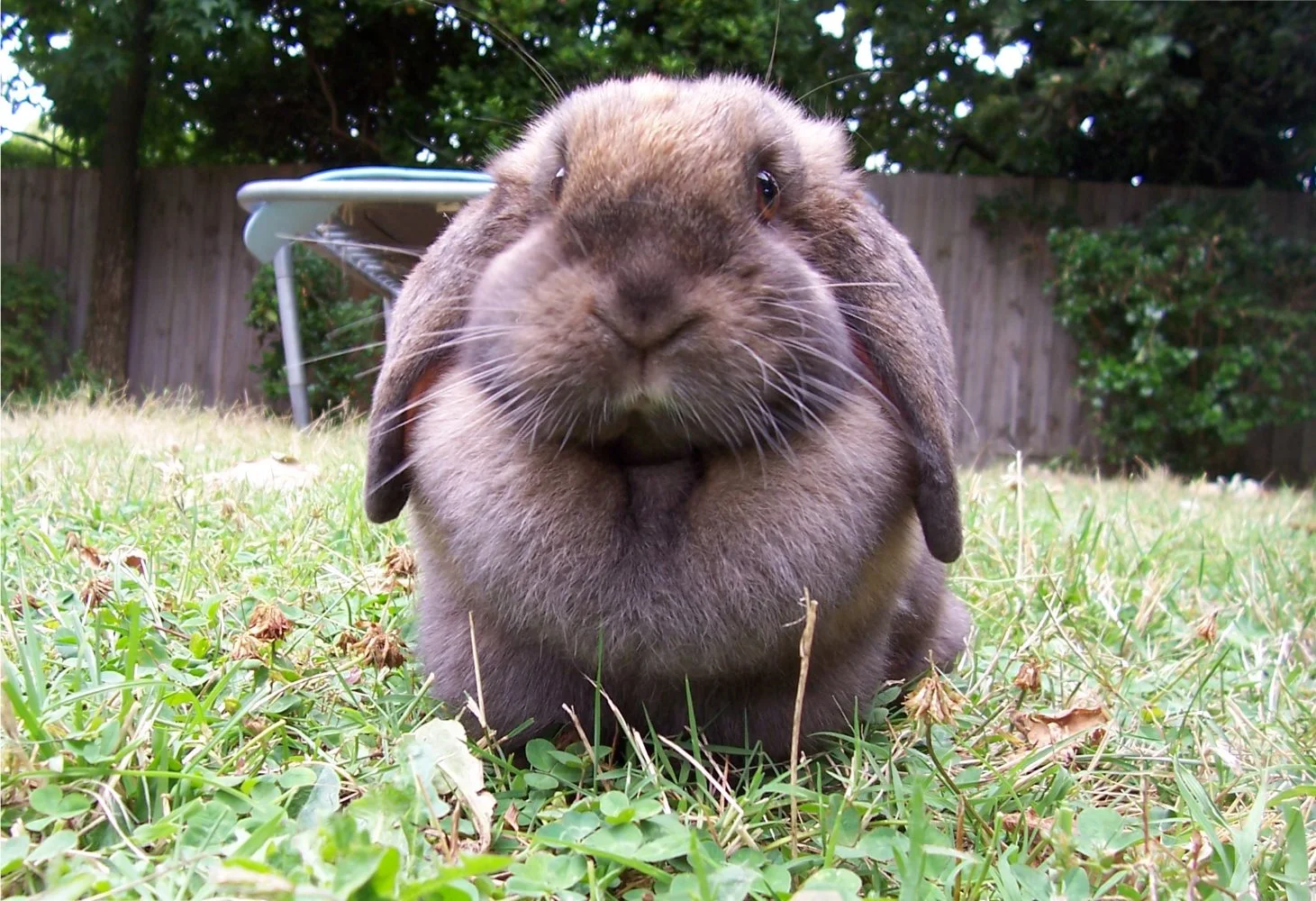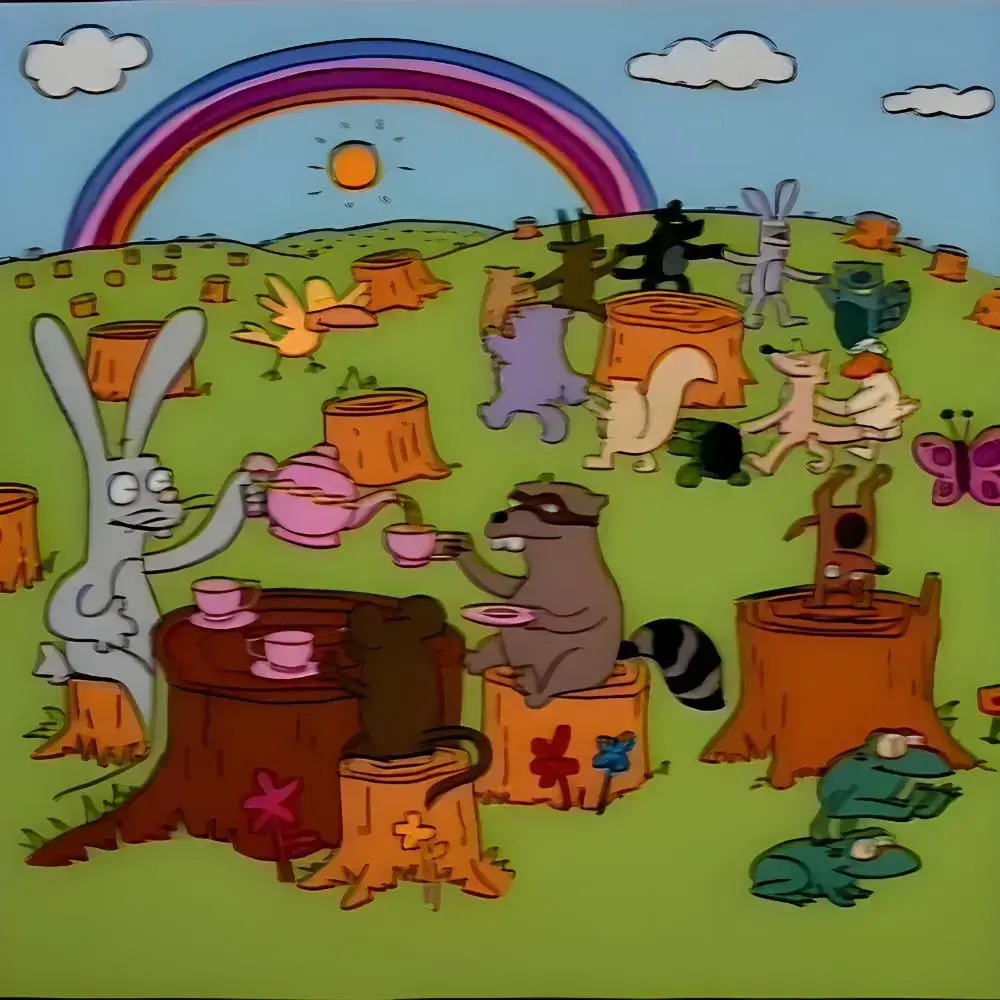- cross-posted to:
- climate
- cross-posted to:
- climate
“I often wonder: where did I go wrong?” [Australian researcher] Graeme Pearman says. “Why didn’t people respond? Is that my responsibility?”
When Guardian Australia meets him at his home on the outskirts of Melbourne, the veteran climate scientist is frustrated.
“If you go through the whole process and the rigour of conducting science, [you think] at the end of the day surely people will understand what you’re saying – they will incorporate those risks into what they do,” he says.
“Well, it doesn’t work that way.
“The reality is that for a period of nearly two decades, Australia went backwards [on climate action]. From a personal perspective, yes, it’s frustrating.”
Precursor: If I was feeling hopeless about the climate, what of the scientists? So I asked them



This is the best summary I could come up with:
A pagoda over a deck is heaving with pink wisteria flowers and inside on a kitchen bench Pearman has been struggling with an impossible jigsaw of a Van Gogh painting.
The calmness and lazy beauty of it all is jarring, given we’re here to talk about his life’s work studying a phenomenon that could send countless species extinct, reshape coastlines from rising seas and supercharge storms and wildfires.
In 1971, in Pearman’s first job at the CSIRO, he and his colleague John Garratt were asked by their boss Bill Priestley to develop, test and then install equipment that could measure how much carbon dioxide there was in the atmosphere.
A fact easily forgotten in the blast radius of the last decade of Australia’s climate wars is that in 1990 the Hawke government wanted to introduce a target to cut greenhouse gas emissions by 20% by the year 2005.
Pearman had organised a conference in 1987 where he had asked scientists working across the economy – from irrigation to agriculture, energy and the natural environment – to present their thoughts on the potential implications of climate change for their sectors.
Just as Pearman and his colleagues were telling the public and politicians about the risks from climate change, Australia’s fossil fuel industries were bringing their weight and cash to the policy table.
The original article contains 1,238 words, the summary contains 221 words. Saved 82%. I’m a bot and I’m open source!
https://i.pinimg.com/originals/22/3f/79/223f79659f9505af980b57038f82a008.png